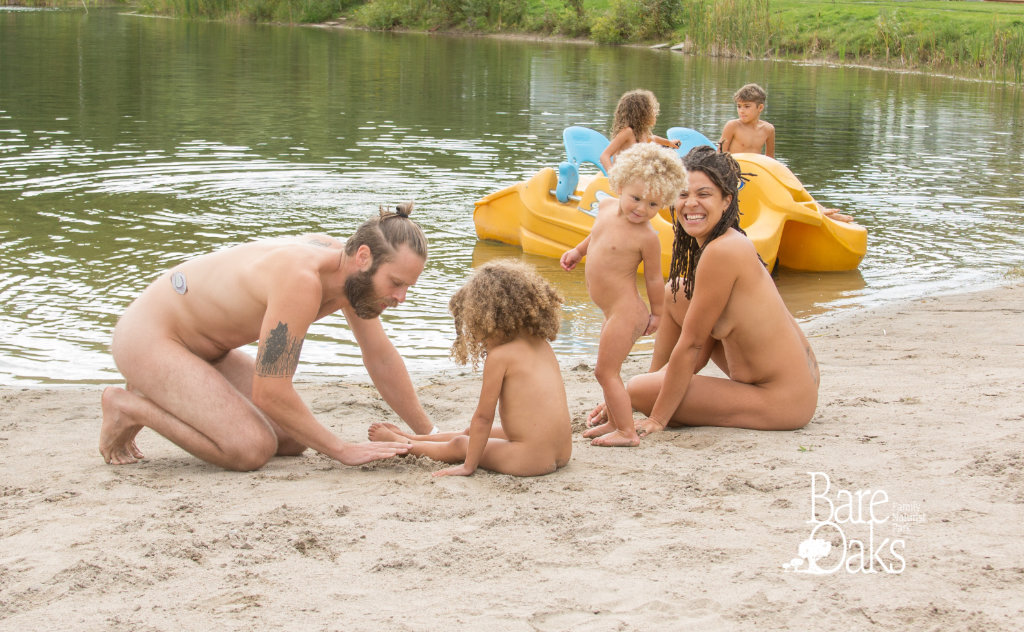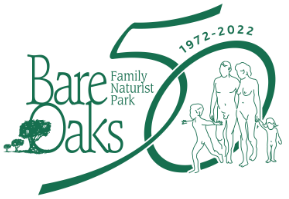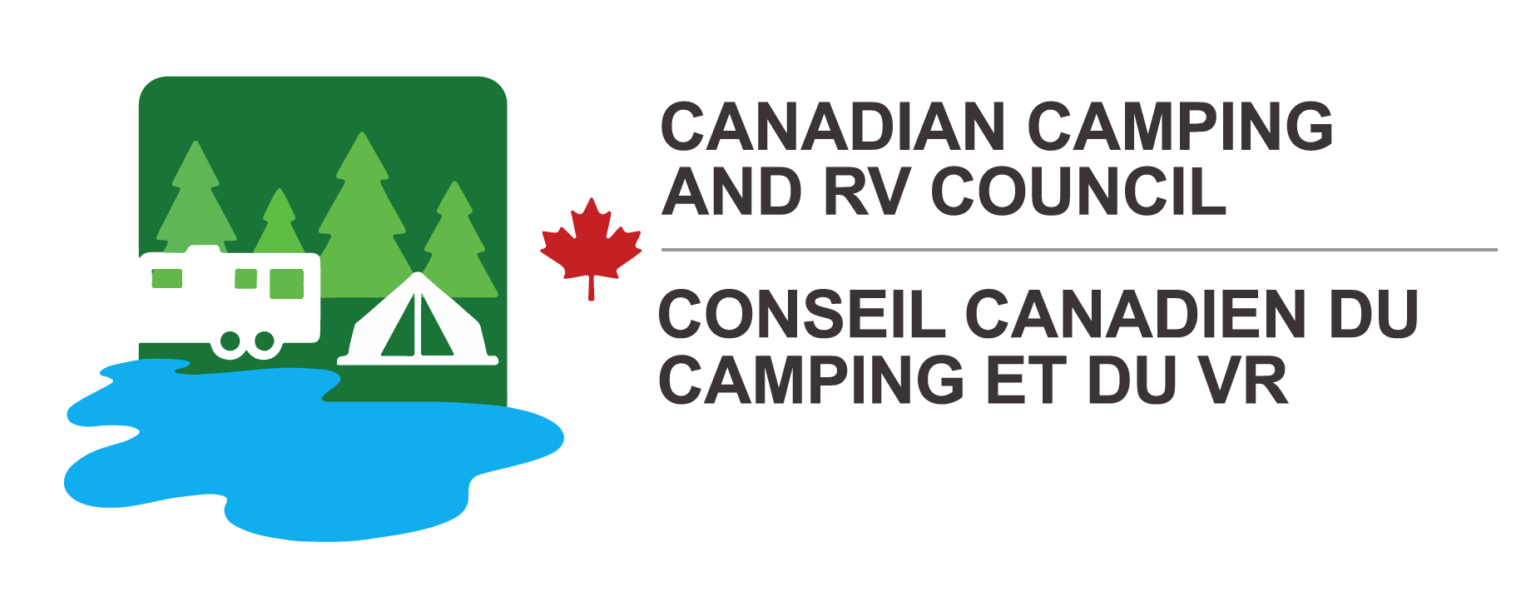
The UK’s Guardian newspaper started out the year with an article titled “Social media triggers children to dislike their own bodies, says study”. They pointed out that that:
- 3 in 4 children as young as 12 dislike their bodies and are embarrassed by the way they look
- 1 in 5 experience body image issues
- 50% aged 12 to 21 said they have become withdrawn, started exercising excessively, stopped socialising completely, or self-harmed because they are regularly bullied or trolled online about their physical appearance
- 70% say that social media makes them feel stressed, anxious and depressed
- a plethora of other research shows that the mental health of an entire generation of children and young people is in crisis.
Naturism provides a natural antidote to the beauty-myth imagery of social media. Children who spend time in naturist environments will see for themselves that there are no perfect bodies. Instead they will observe that humanity provides an incredible amount of diversity and that everyone is accepted regardless of what they look like.
Comfort with nudity combined with naturist values lead to a healthy self-image and strong self-esteem. Although good parenting is by far the most important factor in raising children, naturism helps to promote their confidence and understanding about their bodies.
But today the mere suggestion of children without clothes causes panic in people. Keeping children clothed clearly has not solved any problems. Yet most of society remains convinced that allowing child nudity leads to disastrous results.
The image associated with this blog was too much for social media when used to promote an episode of The Naturist Living Show podcast. There are no visible female nipples, buttocks, or genitals. Thus the mere concept of children without clothes was deemed too upsetting for their so-called “community standards”.
Society also fears for children’s emotional health if exposed to other people without clothing. A common instinctual reaction when average people hear about public nudity is to ask “what about the children?” Yet none of them can ever explain what harm comes to kids that see the human body in its natural state.
In society’s attempt to protect children, it has actually done the opposite – they have been sexualized. A half century ago a nude child was just cute and innocent. Obscenity laws did not apply to pre-pubescent youth. It was common to see infants playing nude on the beach. Today young girls wear bikinis that are reminiscent of adult swimsuit models. The first thought at the sight of a naked toddler is now pornography.
The facts are clear. A multitude of scholarly research studies on this topic in psychology and sociology suggest that children reared in an atmosphere containing family social nudity benefit from the practice. Even the most cynical interpretation is that there is no negative impact. It is true that no new research has been done for many decades. But as one academic explained, to suggest doing research on children and nudity these days would be to risk professional suicide.
So we have very effectively made youth ashamed of their bodies. From a young age we have taught them that their bodies must be hidden. All the while we have surrounded them with sexually suggestive imagery from social media and other sources. Yet this does not appear to have prevented any of the predatory behaviour. But, as the research has shown, it has made them anxious and led them towards body dysmorphia.
So if you know parents with young children, do them a favour by suggesting naturism. They will undoubtedly have many questions. Given the societal paranoia about child nudity they may even have strong concerns. You can try to answer the question yourself. But it might be easier to let them learn on their own. You can share the following resources:
YouTube Video:
Podcast:
Web Page:
Share this article safely on social media: http://skyclad.me/fb.php?yourl=children
PDF version: https://www.BareOaks.ca/files/Children-Need-Naturism.pdf










